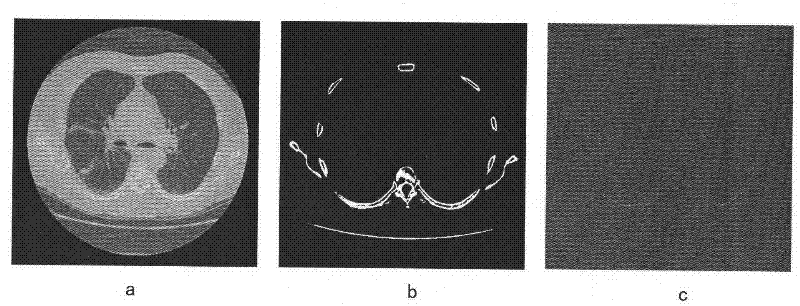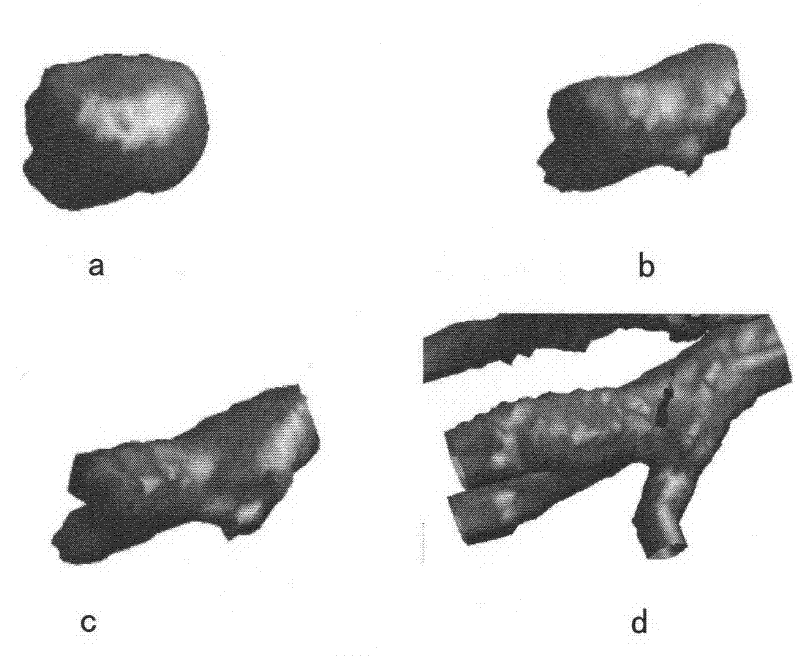Three-dimensional lung vessel image segmentation method based on geometric deformation model
A deformation model and blood vessel image technology, applied in image analysis, image data processing, 3D modeling, etc., can solve problems such as speed and accuracy that cannot meet application requirements
- Summary
- Abstract
- Description
- Claims
- Application Information
AI Technical Summary
Problems solved by technology
Method used
Image
Examples
Embodiment Construction
[0043] The practice of the present invention utilizes multi-slice helical CT (HRCT) image data. Because CT images can provide high-definition images and provide high contrast for various tissues in the images, they are usually used in the diagnosis of lung diseases. With the development of multi-slice spiral CT, doctors can obtain higher-resolution images, minimize the local volume effect, and obtain more patient information through one detection, further expanding the application of CT images.
[0044] Combined with the accompanying drawings, the flow chart of the three-dimensional pulmonary vessel image segmentation based on the geometric deformation model is as follows: figure 1 As shown, the detailed segmentation method of the present invention comprises the following five steps:
[0045] (1) The initial segmentation area is determined;
[0046] (2) Calculation of the average value of the blood vessel area;
[0047] (3) Calculation of blood vessel edge energy;
[0048]...
PUM
 Login to View More
Login to View More Abstract
Description
Claims
Application Information
 Login to View More
Login to View More - R&D
- Intellectual Property
- Life Sciences
- Materials
- Tech Scout
- Unparalleled Data Quality
- Higher Quality Content
- 60% Fewer Hallucinations
Browse by: Latest US Patents, China's latest patents, Technical Efficacy Thesaurus, Application Domain, Technology Topic, Popular Technical Reports.
© 2025 PatSnap. All rights reserved.Legal|Privacy policy|Modern Slavery Act Transparency Statement|Sitemap|About US| Contact US: help@patsnap.com



